Manning Park Donut Hole
- Written by Chris Ludwig
- Hits: 6787
Take the time to add your voice to those opposing logging in Manning Park's "donut hole".
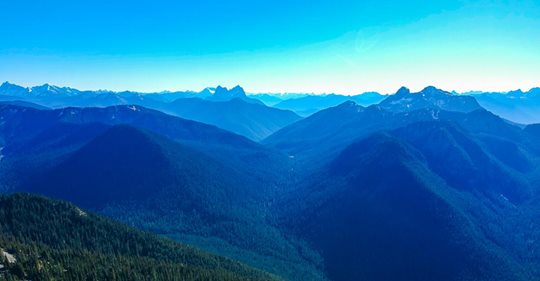
- Written by Chris Ludwig
- Hits: 6380
Mountain goat winter range threatened by logging in Manning Park's "donut hole". Last year, on the north slopes of Silverdaisy Mountain across Highway 3 from Skagit Bluffs, we came across tracks of mountain goats above the elevation of 1350 meters. The Chilliwack forest district's ungulate winter range map UWR Plan Number U-2-001 does not show winter range in the vicinity of Smitheran Creek. I plotted the area where we observed goat tracks on top of the official map in red and yellow stripes. It strongly suggests that logging decisions were made without a proper wildlife inventory of crucial winter range.
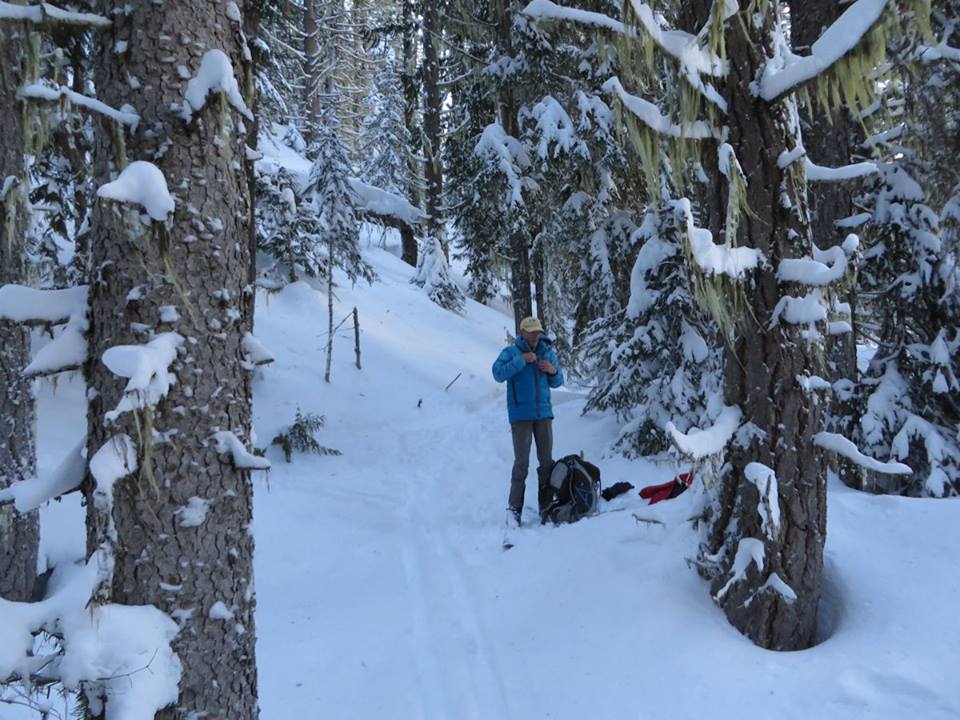
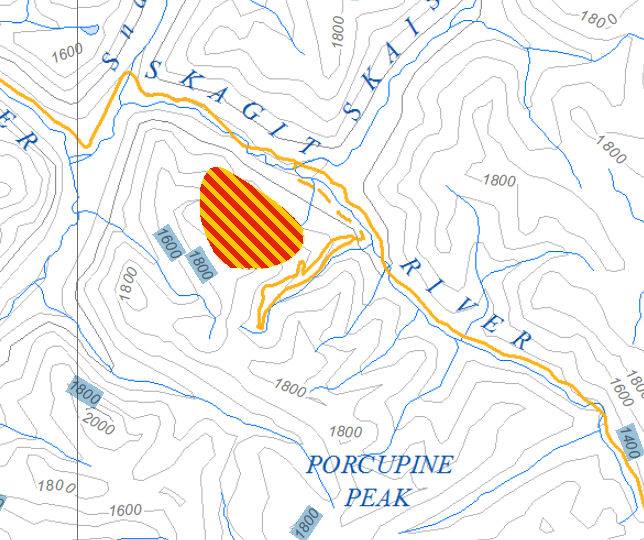
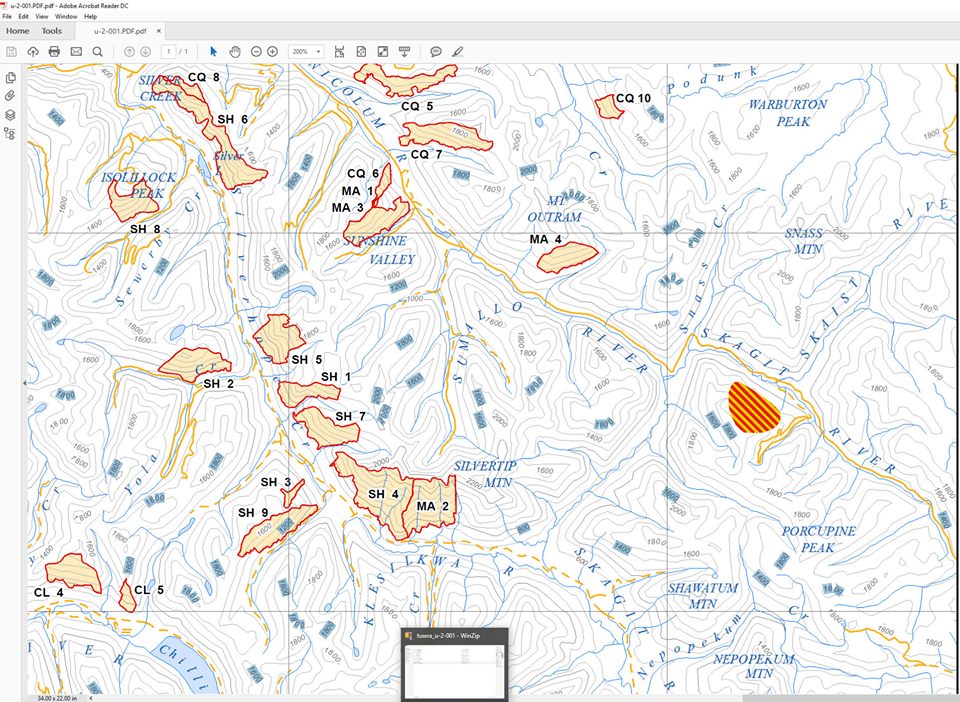
- Written by Chris Ludwig
- Hits: 5314
From the Seattle Times: https://www.seattletimes.com/seattle-news/environment/logging-in-upper-skagit-river-watershed-put-on-hold-as-seattle-has-grave-concern/?fbclid=IwAR2RkPqMYTf8SDAyskR38RYfdACWF08N13s3lENOM6SpRP0BZiVV7QrRWt0
Conservationists fear recent logging at the Canadian headwaters of the Skagit River, the premier salmon producer of Puget Sound, will open the door to mining down the road.
Seattle Mayor Jenny Durkan, in a rare step earlier this month, wrote British Columbia Premier John Horgan with “grave concern,” admonishing his government for not consulting with the city on a B.C. logging project some 125 miles away from Seattle at the headwaters of the Skagit River.
She says cutting down the trees undercuts the spirit of a decades-old treaty between the two governments protecting the land around the project, endangering vulnerable fish populations, including chinook salmon and steelhead.
To understand why a mayor in Seattle would be concerned with a logging project in Canada, you must trace the river to its root.
Just above the 49th parallel, out of mind to most Washingtonians, is where the Skagit forms. In British Columbia, the stream is clear to the bottom seen from 2,500 feet above. Eighty-foot fir trees layer mountaintops. Higher, avalanche chutes slice through alpine meadows and remind summer visitors that snow piles up by the meter here.
But amid the greenery, brown polygon cutouts of freshly felled logs emerge. They’re at the center of Durkan’s concerns — a controversy involving two countries, loggers, miners and conservationists.
Logging, she wrote, was “inconsistent with the spirit and intent of the 1984 Treaty,” and urged Horgan halt immediately plans for more.
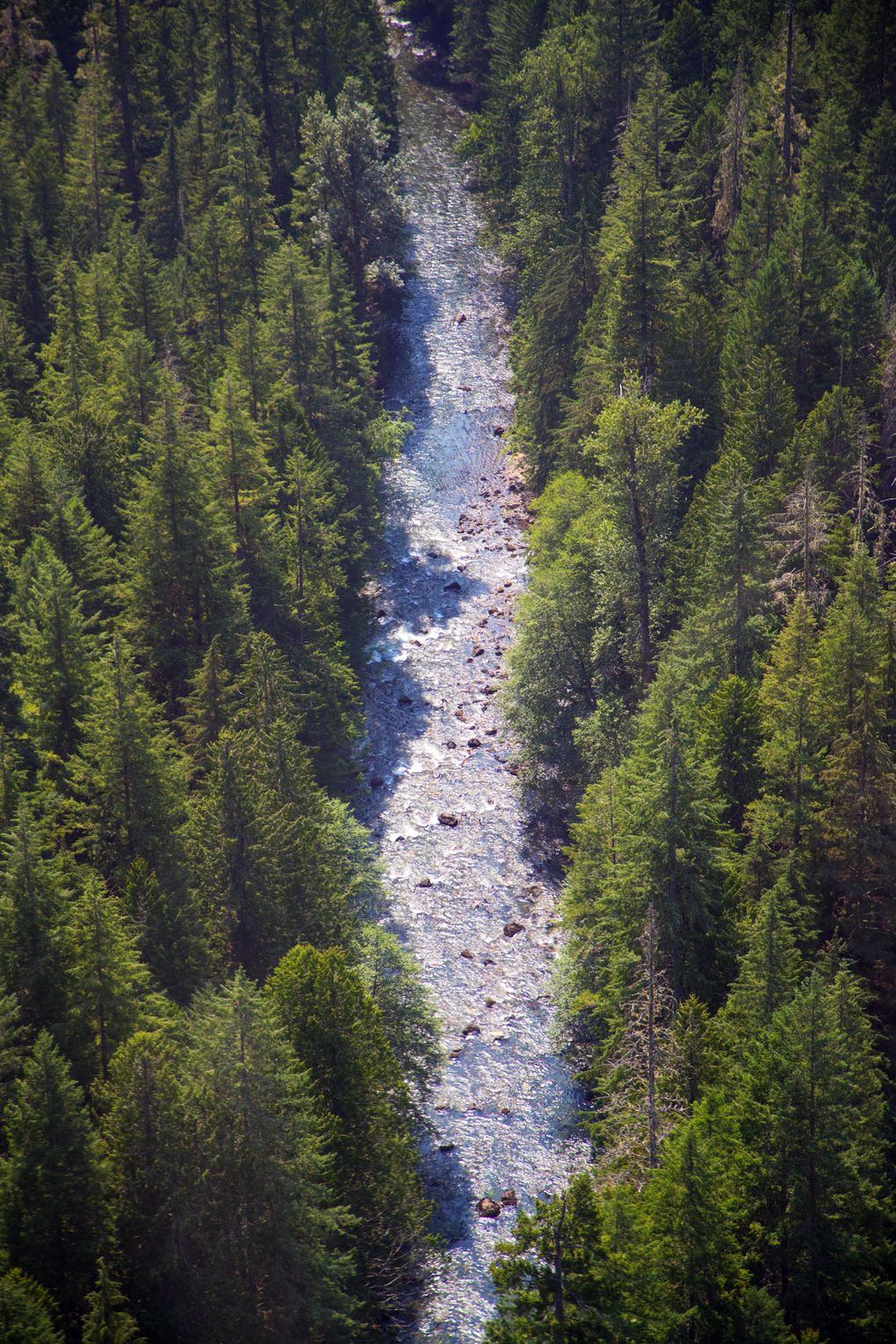
“Why the full assault by logging?” said Shaun Hollingsworth, a member of an international commission dedicated to the valley’s conservation.
Much of the Skagit’s headwaters are protected by Canadian parks. But, to preserve historic mining rights, the B.C. government set aside a forested area the size of Manhattan that’s surrounded by parkland. It’s known now as the “donut hole.”
Crews this summer began to fell trees inside the donut hole at the behest of British Columbia’s government. Conservationists who once fought to keep Seattle from flooding the area now worry that B.C. will allow the valley to be hollowed at its center.
From the Wilderness Commitee:
Cutting down trees in the Manning Park Donut Hole undercuts the spirit of a decades-old treaty between the Seattle and BC governments protecting the land around the project, endangering vulnerable fish populations, including chinook salmon and steelhead.
- Written by Chris Ludwig
- Hits: 5033
VANCOUVER - Lawyers from Ecojustice, representing the Wilderness Committee today called on B.C. Environment Minister George Heyman to rescind a 2014 Parks Use Permit that allows logging trucks to travel through a section of Manning Park, or face possible court action.
“Are B.C.’s environmental laws so weak that they allow logging trucks in parks? The former minister of environment apparently thought so,” said Devon Page, executive director of Ecojustice. “We’re asking the current B.C. government to do the right thing and protect the amazing Manning and Skagit wilderness, failing which we’ll turn to the courts.”
This action today is all part of the escalating war in the woods over a logging operation in the middle of two of B.C.’s most popular provincial parks — Manning and Skagit Valley.
The logging is being carried out by the B.C. government’s own logging operation, BC Timber Sales within a 3,000 ha area nicknamed “the Manning Park Donut Hole.” The Donut Hole is covered by a mineral tenure and is completely surrounded by parklands.
“I flew over the area yesterday and what I saw was maddening,” said Joe Foy, co-executive director of the Wilderness Committee. “Two clearcuts have been logged with two more planned. Conservationists have long wanted to add the Donut Hole to the parks system once the existing mineral tenure can be bought out. We’re not willing to stand by while this beautiful wildland is clear-cut by the province’s own logging operation. The logging must stop now.”
The only way for the loggers to get in and for the logs to get out is through a 2 km wide swath of Manning Park forest land. In 2014, a Parks Use Permit was issued by the environment minister of the day allowing the logging trucks to access the Donut Hole through Manning Park. But research by conservation groups including the Wilderness Committee, Ecojustice and West Coast Environmental Law confirms the Parks Use Permit should never have been issued in the first place.
Skagit Valley Provincial Park was created following negotiations between British Columbia and Seattle, which prevented the region from being flooded by a dam south of the border.
“It is surprising that BC Timber Sales is logging in the Skagit River watershed when B.C. signed an international agreement in 1984 that was meant to protect that watershed,” said Erica Stahl, staff lawyer at West Coast Environmental Law. “BC Timber Sales’ clearcutting in the Skagit watershed goes against the spirit of the agreement, negotiated by B.C. itself to protect this beautiful area for future generations.”
–30–
Please find the letter to the minister, Park Use Permit and a gallery of photos from the donut hole attached.
For more information, please contact:
Emily Chan, Communications Associate | Ecojustice
1-800-926-7744 ext. 240, This email address is being protected from spambots. You need JavaScript enabled to view it.
Joe Foy, Co-Executive Director | Wilderness Committee
604-880-2580, This email address is being protected from spambots. You need JavaScript enabled to view it.
- Written by Chris Ludwig
- Hits: 4240

Logging in Manning Park Donut Hole
From the Western Wilderness Committee: https://www.wildernesscommittee.org/take-action/protect-manning-and-skagit-parks?fbclid=IwAR1CSpoyb66RBcXJXreRisP0p1zIQ-4G1IARnxLy5h6aNgJemQ16KL0s9V4
Your help is urgently needed NOW to stop road building and logging in the heart of Manning and Skagit provincial parks!
BC Timber Sales (BCTS), the BC government’s own logging operation, has barged into the Manning Park Donut Hole to build a network of logging roads. Felling has now started in the cutblocks they auctioned.
Your voice is needed to protect this forest from clearcuts.
Please write the ministers in charge of forests and of parks today. Demand that they stop cutting the heart out of Manning and Skagit provincial parks.
- BC Parks has granted BC Timber Sales a Parks Use Permit allowing logging trucks to use a park road so they can log in the Manning Park Donut Hole. The Parks Use Permit allowing logging trucks through Manning Park should be cancelled immediately.
- Permits to log four clearcuts have been issued by BC Timber Sales. Two clearcuts have been logged, but two other clearcuts that are in scenic areas have not been logged. The permits to log these remaining clearcuts in the Manning Park Donut Hole must be cancelled immediately.
- The Silverdaisy Trail is a popular hiking trail that starts in Manning Park and gives access to Silverdaisy Peak in the Donut Hole. BC Timber Sales’ approved clearcuts would greatly damage the view from the trail to the peak. Logging and road building in the Manning Park Donut Hole must be halted now to conserve the viewshed of the Silverdaisy trail to the peak.
- The Manning Park Donut Hole encompasses spotted owl habitat in lower elevations and grizzly bear habitat in its upper elevations. None of the Donut Hole should be open to logging, which is very damaging to habitat.
- The Skagit Environmental Endowment Commission, a cross-boundary organization set up to monitor and protect the Upper Skagit River Watershed has called for a halt to the road building and logging within the Manning Park Donut Hole.
- Since 1996 when the Donut Hole was first formed, it has been the intention of the government of BC to add the Manning Park Donut Hole to the BC Provincial Park system once the mineral tenure issue could be resolved. Road building and logging are degrading key park values within the Donut Hole and must stop now.
- Your letter will be sent to the Minister of the Environment George Heyman; the minister in charge of forests, Doug Donaldson and Premier John Horgan.

